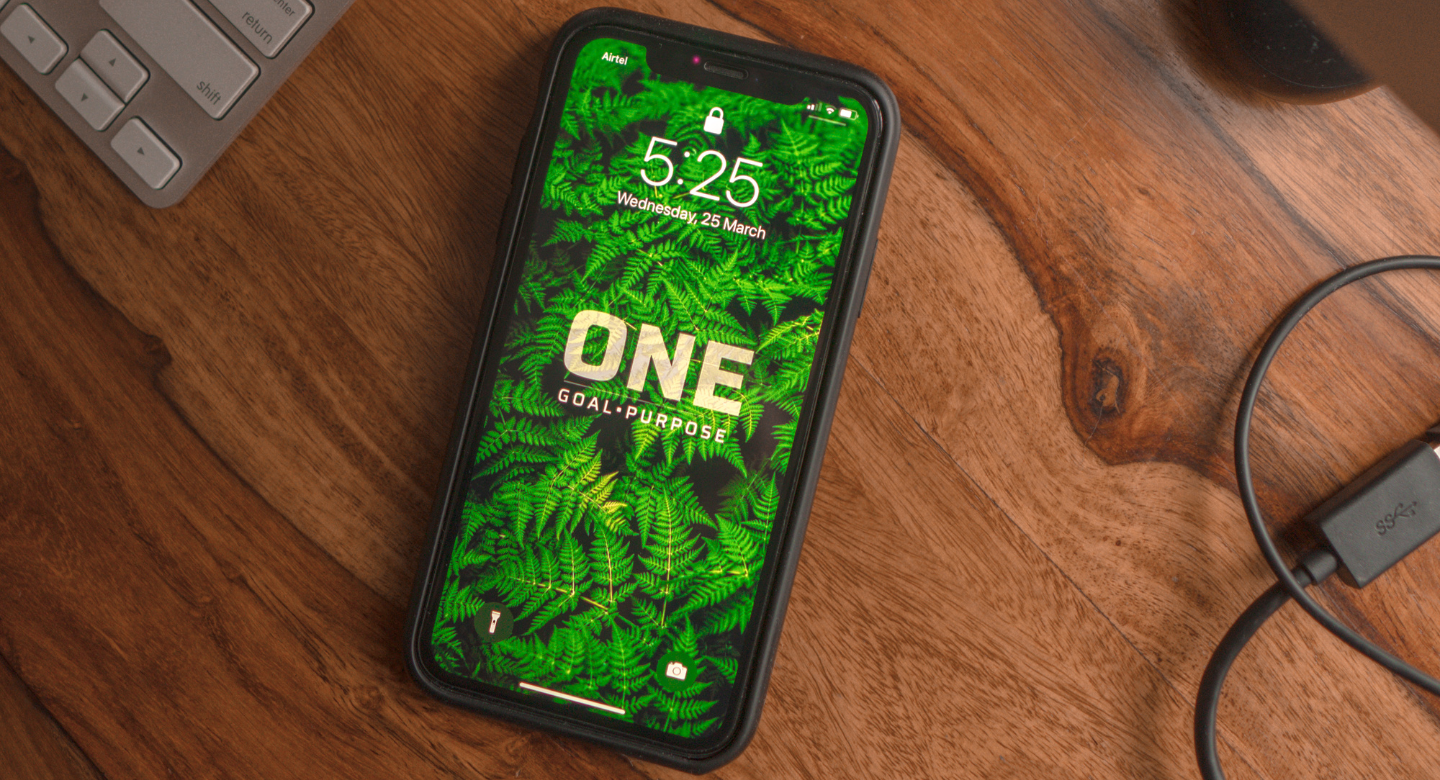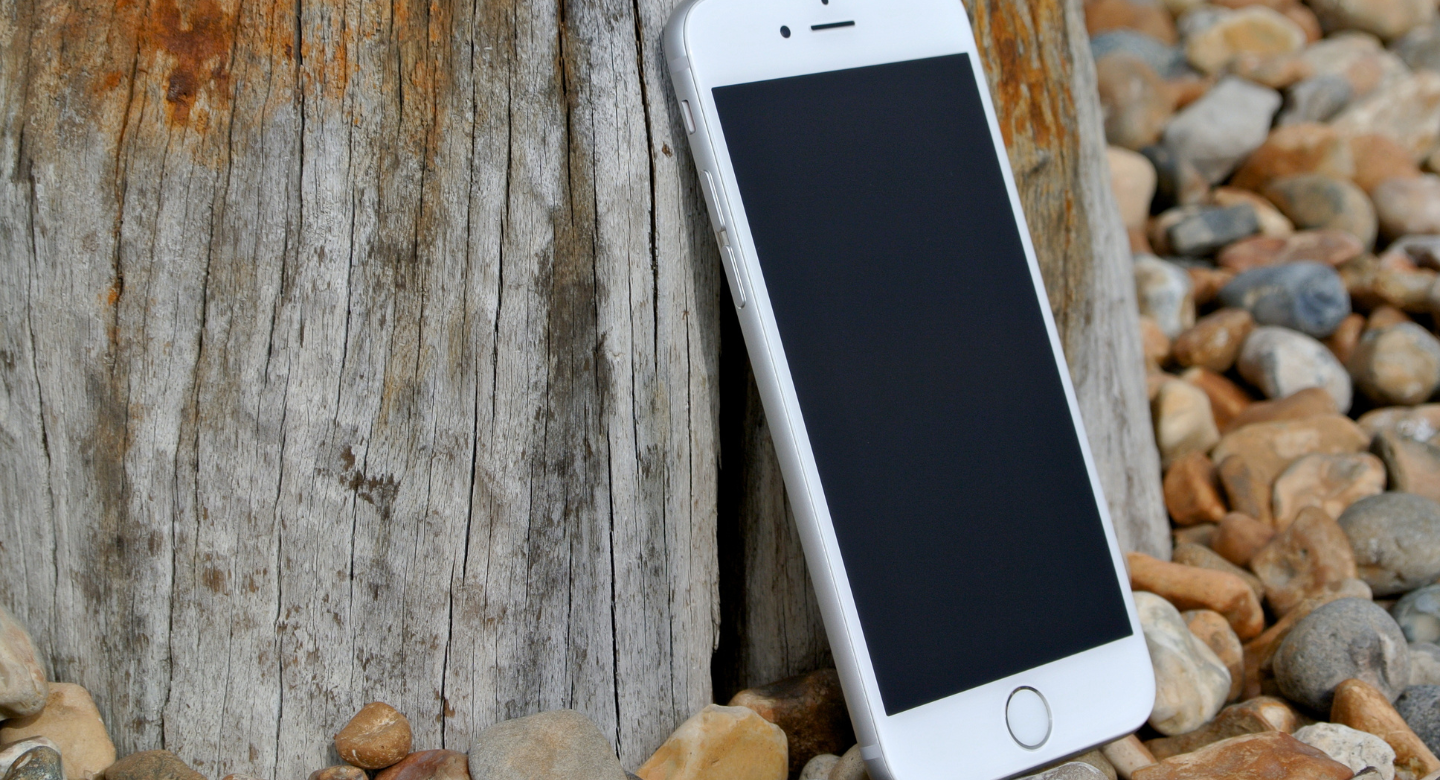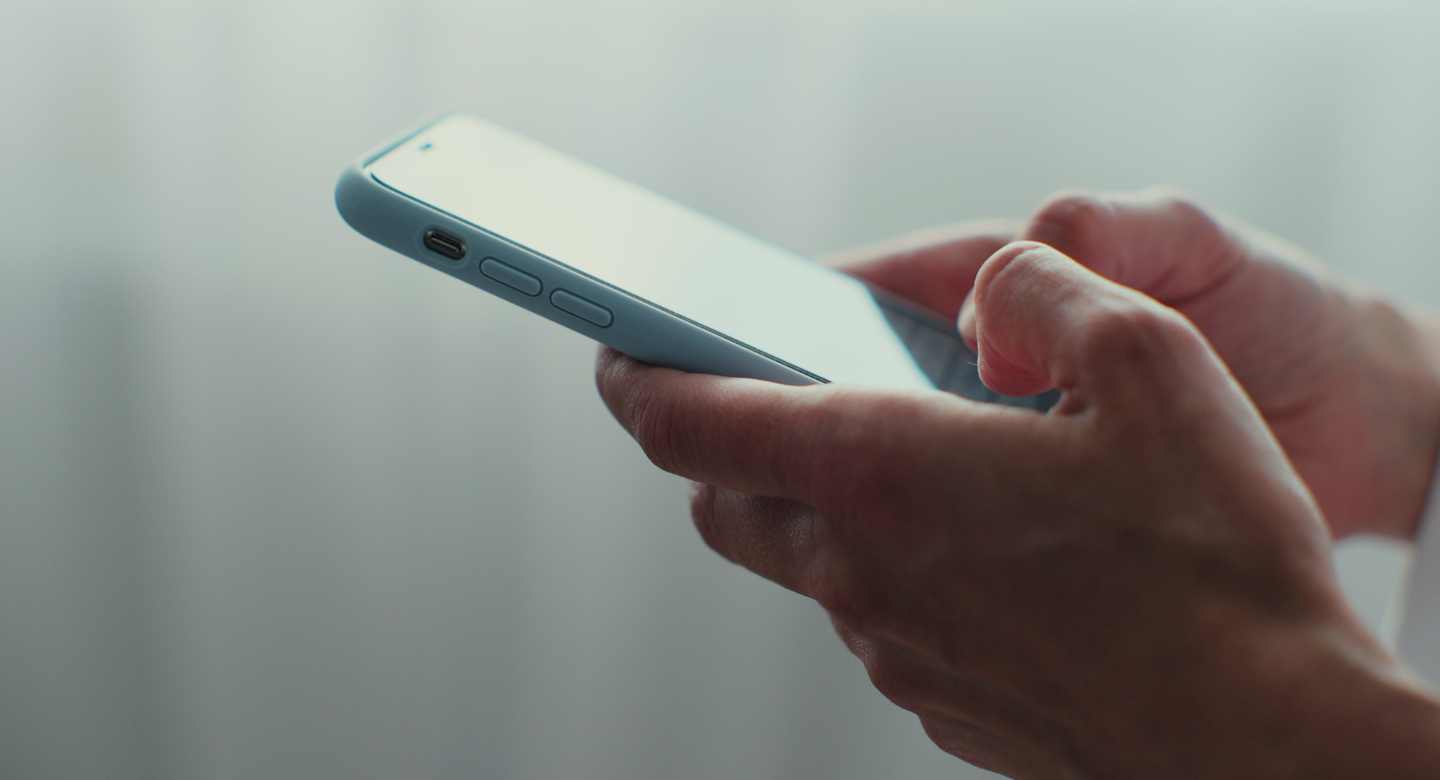3Rs of Sustainability for Old Mobile Phones
The 3Rs of Sustainability for Old Mobile Phones presents a hierarchical approach to minimizing the environmental impact of our digital consumption habits, beginning with strategies to reduce unnecessary device turnover, followed by extending the useful life of existing phones through reuse options, and completed by ensuring proper recycling when devices truly reach end-of-life. As consumers increasingly recognize the environmental footprint of their digital lifestyle, understanding and implementing the 3Rs of Sustainability for Old Mobile Phones becomes essential for anyone seeking to reduce their environmental impact while maintaining connectivity in our technology-dependent world.
Table of Contents
Toggle
The rapid evolution of mobile technology has created an unprecedented challenge in electronic waste management, with over 1.5 billion smartphones sold annually worldwide and an average usage lifespan of just 2-3 years. Old mobile phones represent one of the fastest-growing waste streams globally, containing valuable materials alongside potentially hazardous components that require specialized handling. The 3Rs of Sustainability for Old Mobile Phones—Reduce, Reuse, Recycle—offers a comprehensive framework for addressing this mounting environmental concern while enabling consumers to make more responsible choices about their digital devices.
Why Mobile Phone Sustainability Matters

Mobile phones contain a complex mixture of materials including precious metals (gold, silver, platinum), rare earth elements, plastics, glass, and potentially hazardous substances. A typical smartphone contains approximately 60 different elements—nearly half the periodic table—many of which are mined in environmentally and socially sensitive regions. The production phase of a smartphone accounts for 85-95% of its lifetime carbon footprint, with manufacturing a single device generating 60-85 kg of CO₂ equivalent emissions before it even reaches the consumer’s hands.
When improperly disposed of, old mobile phones can leach harmful substances like lead, mercury, cadmium, and flame retardants into soil and groundwater. These toxins can bioaccumulate in organisms and move up the food chain, eventually affecting human health. Additionally, the informal recycling practices found in some regions—such as burning cables to recover copper or using acid baths to extract gold—create serious health hazards for workers and nearby communities while recovering only a fraction of valuable materials.
The sustainability challenge of mobile phones extends beyond waste concerns to include resource depletion issues. Some critical materials used in smartphones, such as gallium and indium, face potential supply constraints in coming decades. By implementing the 3Rs of Sustainability for Old Mobile Phones, consumers not only prevent pollution but also help conserve finite resources that future generations will need for technological applications we cannot yet imagine.
How Sustainable Consumption Helps

Conscious decision-making regarding mobile phones can significantly reduce environmental impacts throughout their lifecycle. When consumers make deliberate choices—such as using devices longer, selecting repairable models, or ensuring proper recycling—they generate measurable environmental benefits. Extending a smartphone’s life by just one year can reduce its lifetime carbon impact by 20-30%, primarily by amortizing the manufacturing emissions over a longer usage period.
The benefits of applying the 3Rs of Sustainability for Old Mobile Phones extend beyond environmental protection. Reuse pathways create economic opportunities in refurbishment industries and make technology more accessible to lower-income communities. Proper recycling operations recover valuable materials worth billions of dollars annually, reducing pressure on virgin resource extraction. Additionally, sustainable mobile phone practices help address social justice concerns related to both mining practices and e-waste processing in vulnerable communities around the world.
Consumer behavior powerfully influences manufacturer practices through market signals. When purchasers prioritize longevity, repairability, and recyclability in their buying decisions, manufacturers respond with more sustainable product designs. Research indicates that companies are increasingly sensitive to sustainability demands, with a growing number offering trade-in programs, modular designs, and extended software support in response to consumer preferences for more environmentally responsible mobile devices.
How to Practice Sustainable Mobile Phone Use
Implementing the 3Rs of Sustainability for Old Mobile Phones begins with mindful consumption practices. Before upgrading, consumers should evaluate whether their current device can meet their needs through software updates or repairs rather than replacement. When purchasing new devices, prioritizing models with longer manufacturer support, replaceable batteries, and repairability features helps extend potential lifespan from the outset.
Protective measures significantly impact device longevity. Using quality cases, screen protectors, and practicing preventative maintenance (like regular software updates and battery care) can add years to a phone’s functional life. Many common issues that prompt replacements—such as battery degradation, cracked screens, or software slowdowns—can be addressed through relatively simple repairs or component replacements that cost a fraction of a new device.
When replacement becomes necessary, ensuring the old device enters appropriate channels for reuse or recycling is crucial. Many manufacturers and carriers offer take-back programs, while specialized electronics recyclers provide both mail-in and drop-off options. Before surrendering any device, users should secure their data through proper backup and reset procedures to protect personal information while enabling the next use case, whether refurbishment or materials recovery.
The Role of the 3Rs in Mobile Phone Sustainability
1. Reduce: Minimizing Waste Generation from Mobile Phones

The most effective element of the 3Rs of Sustainability for Old Mobile Phones focuses on extending the useful life of current devices and making mindful decisions about replacements. Consumers can resist marketing pressures and upgrade cycles by questioning whether new features genuinely improve functionality or merely offer incremental changes. Research indicates that many consumers replace phones while their old devices remain fully functional, suggesting significant potential for waste reduction through behavioral changes alone.
Selecting phones designed for longevity represents another powerful reduction strategy. Some manufacturers explicitly design for durability with features like water resistance, stronger glass, and reinforced construction. Others focus on repairability, providing easy access to commonly-failed components and ensuring spare parts availability. Operating system support duration varies dramatically between models, with premium devices typically receiving security updates for 4-7 years compared to just 1-2 years for budget options—a critical factor in determining a phone’s usable lifespan.
Cloud services and peripheral upgrades offer alternatives to complete device replacement. Moving to cloud storage can address capacity limitations, while external cameras, microphones, or battery packs can enhance capabilities without discarding the entire phone. These approaches align perfectly with the reduction principle of the 3Rs of Sustainability for Old Mobile Phones by extending functional life while satisfying evolving user needs.
2. Reuse: Finding Second Lives for Mobile Phones

When a mobile phone no longer meets its primary user’s needs, numerous reuse pathways can extend its functional life before recycling. The formal refurbishment industry has grown substantially, with certified pre-owned devices representing the fastest-growing segment of the smartphone market. These professionally refurbished phones undergo testing, repairs, and sanitization before reentering the market with warranties, providing quality assurance that builds consumer confidence in second-hand devices.
Old mobile phones can serve various secondary functions without entering commercial channels. Repurposing options include dedicated music players, home security cameras, gaming devices for children, emergency call-only phones, or smart home controllers. These applications leverage a phone’s computing power and sensors while removing the demand for constant performance improvements that drives primary phone replacement.
Donation programs represent another valuable reuse channel within the 3Rs of Sustainability for Old Mobile Phones. Organizations serving domestic violence survivors, military personnel, seniors, and low-income communities accept working phones to provide essential connectivity. International donation programs refurbish devices for use in regions where new technology remains unaffordable for many. These programs not only extend device lifespans but also create significant social benefits by bridging the digital divide.
3. Recycle: Ensuring Proper Materials Recovery from Mobile Phones

When reduction and reuse options have been exhausted, proper recycling completes the 3Rs of Sustainability for Old Mobile Phones by recovering valuable materials while safely managing hazardous components. Professional electronics recyclers employ specialized processes to disassemble phones, separate materials, and channel them into appropriate recovery streams. These operations can recover up to 90% of materials by weight from mobile phones, including precious metals and rare earth elements that can reduce the need for environmentally damaging mining activities.
The recycling process typically begins with manual disassembly to remove batteries and other hazardous components requiring specialized treatment. Mechanical processes then separate plastics, metals, and circuit boards, with the latter containing most valuable elements. Hydrometallurgical or pyrometallurgical processes extract precious metals, while specialized facilities recover rare earth elements from components like speakers and vibration motors. Developing technologies continue to improve recovery rates for previously unrecoverable materials.
Navigating recycling options requires consumer awareness of legitimate channels. Certified e-waste recyclers adhere to standards prohibiting exporting hazardous waste to countries lacking proper processing infrastructure—a practice that unfortunately remains common among unscrupulous operators. Certifications like e-Stewards and R2 (Responsible Recycling) help consumers identify recyclers committed to environmentally sound practices. Many manufacturers, retailers, and municipalities also offer collection programs that feed into certified recycling streams, making proper disposal increasingly convenient.
Sustainable Production Practices for Mobile Phones

Forward-thinking manufacturers are transforming mobile phone production through innovations that support the 3Rs of Sustainability for Old Mobile Phones from the design stage. Modular designs allow component-level upgrades or repairs, extending device lifespans while reducing waste. Biobased and recycled materials are replacing virgin petroleum plastics in phone casings and packaging, reducing carbon footprints and creating markets for recovered materials that complete the recycling loop.
Material efficiency improvements throughout production have significantly reduced manufacturing impacts. Advanced manufacturing techniques generate less waste during production, while some manufacturers have eliminated toxic substances like brominated flame retardants, beryllium, and phthalates from their devices. These changes not only reduce environmental impact but also simplify eventual recycling by removing problematic substances from the waste stream.
Circular economy principles are reshaping business models in the mobile industry. Device-as-a-service programs offer alternatives to traditional ownership, with manufacturers retaining responsibility for maintenance, repairs, and end-of-life management. Take-back and trade-in programs create direct channels for device returns, ensuring proper handling while recovering value from used devices. These systemic approaches complement consumer implementation of the 3Rs of Sustainability for Old Mobile Phones by aligning business incentives with environmental outcomes.
Regulatory Insights & Industry Standards

Governments worldwide have implemented regulations addressing various aspects of the mobile phone lifecycle. The European Union’s WEEE (Waste Electrical and Electronic Equipment) Directive requires manufacturers to finance collection and recycling systems for electronic products, while the RoHS (Restriction of Hazardous Substances) Directive limits harmful materials in new devices. Similar regulations exist in dozens of countries, though enforcement strength varies considerably.
Industry standards have emerged alongside regulations to promote more sustainable practices. The EPEAT (Electronic Product Environmental Assessment Tool) certification evaluates devices on multiple sustainability criteria, including material selection, design for longevity, packaging, and end-of-life management. The TCO Certified standard addresses both environmental and social responsibility aspects of electronics manufacturing, with requirements for conflict-free minerals and fair labor practices throughout supply chains.
Labeling programs help consumers identify products aligned with the 3Rs of Sustainability for Old Mobile Phones. Energy efficiency labels indicate devices requiring less frequent charging (extending battery life), while repairability indices—now mandatory in some European markets—inform purchasers about ease of repairs. These transparency measures empower consumers to make sustainability-conscious choices while creating market incentives for manufacturers to improve their practices.
Carbon Footprint Analysis of Mobile Phones

The environmental impact of mobile phones extends throughout their lifecycle, with production typically representing the largest carbon contribution. Manufacturing a single smartphone generates approximately 60-85 kg of CO₂ equivalent emissions, with the most energy-intensive processes occurring during semiconductor and display production. When multiplied by billions of devices produced annually, this manufacturing footprint becomes significant on a global scale.
Usage patterns dramatically affect overall environmental performance. Frequent replacement every 1-2 years creates a carbon footprint 2-3 times higher than keeping devices for 4+ years, primarily because manufacturing impacts are amortized over longer periods. Power consumption during use represents a relatively small portion of lifecycle emissions for modern smartphones—typically 10-15%—though this varies based on charging practices and grid carbon intensity.
End-of-life scenarios significantly impact overall environmental performance. When recycled through formal channels, approximately 90% of materials by weight can be recovered, with corresponding emissions savings from avoided virgin material production. Conversely, landfilled devices represent both lost resources and potential pollution sources. These differences underscore why comprehensive implementation of the 3Rs of Sustainability for Old Mobile Phones—particularly ensuring proper recycling—remains crucial for minimizing environmental impact.
Case Studies & Real-World Impact

Innovative approaches to mobile phone sustainability have emerged from various sectors. The Dutch social enterprise Fairphone has pioneered modular smartphone design focused on repairability, material transparency, and ethical sourcing. Their phones feature replaceable components including batteries, displays, cameras, and speakers—allowing users to upgrade or repair specific elements rather than replacing entire devices. This approach has extended average device lifespans to 5+ years, approximately double the industry standard.
Major manufacturers have also implemented programs supporting the 3Rs of Sustainability for Old Mobile Phones. Apple’s recycling robot “Daisy” can disassemble 1.2 million phones annually, recovering materials with higher purity than conventional recycling methods. Samsung’s Galaxy Upcycling program enables consumers to repurpose older phones as IoT devices through dedicated software, while their trade-in programs have diverted millions of devices from landfills toward refurbishment or recycling channels.
Community initiatives demonstrate grassroots implementation of mobile phone sustainability principles. Repair cafés—volunteer-run events where experts help consumers fix electronic devices—have spread to thousands of locations worldwide, extending the lives of millions of phones through simple repairs. These events not only reduce e-waste but also build repair skills and awareness of the 3Rs of Sustainability for Old Mobile Phones among participants, creating multiplier effects through knowledge sharing.
Actionable Steps for Consumers to Implement the 3Rs for Mobile Phones
Consumers can implement numerous practical strategies to improve mobile phone sustainability:
- Extend your current phone’s life by using protective cases, screen protectors, and proper charging practices (avoid complete discharge or overcharging).
- When performance issues arise, try software solutions like factory resets or operating system updates before considering replacement.
- Research repairability scores before purchasing new phones and support right-to-repair legislation.
- Choose certified refurbished phones when upgrading or purchase models known for longer software support.
- Set up automatic cloud backups to preserve important data without requiring physical storage expansion.
- Explore repurposing options for old phones—from dedicated music players to home security cameras.
- Research manufacturer take-back programs or certified e-waste recyclers in your area before disposal.
- Remove personal data through proper factory reset procedures before relinquishing any device.
- Consider phone leasing or device-as-a-service options that include maintenance and proper end-of-life handling.
- Share information about the 3Rs of Sustainability for Old Mobile Phones with friends and family to expand impact.
These individual actions, when adopted collectively, represent significant potential for reducing the environmental footprint of mobile technology while preserving the connectivity benefits that make these devices essential to modern life.
Conclusion: The Future of Mobile Phone Sustainability
The evolution of mobile phone sustainability will require coordinated efforts across multiple stakeholders—from manufacturers and policymakers to individual consumers. Emerging technologies promise significant advancements, including biodegradable electronics, enhanced recycling processes that recover more materials, and energy harvesting systems that extend battery life. Design innovations like self-healing materials for screens and standardized components across manufacturers could dramatically improve repairability and longevity.
The 3Rs of Sustainability for Old Mobile Phones remains the fundamental framework guiding these innovations and individual actions. By prioritizing longer device use, finding creative second lives for phones, and ensuring materials enter appropriate recovery streams, consumers can significantly reduce their digital environmental footprint while maintaining connectivity. As sustainable consumption norms strengthen, mobile technology will continue evolving to meet dual demands for performance and environmental responsibility.
The most promising development may be the growing recognition that technology sustainability represents a shared responsibility rather than solely a consumer burden. Industry leaders increasingly incorporate circular design principles, while policymakers develop frameworks that internalize environmental costs throughout product lifecycles. These systemic changes, combined with individual awareness of the 3Rs of Sustainability for Old Mobile Phones, create conditions for technology consumption patterns that satisfy human needs while preserving environmental quality for future generations.
Explore More Such Content
3Rs of Sustainability for Glass Bottles
3Rs of Sustainability for Aluminum Cans
3Rs of Sustainability for Paper Cups
Frequently Asked Questions (FAQs) on the 3Rs of Sustainability for Old Mobile Phones
Why are mobile phones considered problematic waste?
Despite their small size, mobile phones contain potentially hazardous materials alongside valuable resources. Their complex construction combining dozens of materials makes separation challenging, while their short typical lifespan creates large waste volumes, contradicting sustainable resource use principles fundamental to the 3Rs of Sustainability for Old Mobile Phones.
How long should I keep my phone before upgrading?
From an environmental perspective, using your phone for 4+ years significantly reduces its lifetime impact. Modern devices remain capable of core functions (calls, messaging, web browsing) for many years, supporting the “reduce” principle of the 3Rs of Sustainability for Old Mobile Phones.
What should I do with my phone’s battery?
Batteries require specialized handling and should never enter regular trash. Most electronics recyclers and manufacturer take-back programs accept batteries, ensuring proper treatment of potentially hazardous components while recovering valuable materials.
How can I ensure my data remains secure when recycling?
Before relinquishing any device, perform a factory reset following manufacturer instructions. For additional security, encrypt your device before resetting and remove SIM and memory cards, facilitating safe participation in the recycling component of the 3Rs of Sustainability for Old Mobile Phones.
Are manufacturer trade-in programs environmentally sound?
Most major manufacturer programs direct devices to legitimate refurbishment or recycling channels, making them environmentally preferable to drawer storage or improper disposal. However, quality varies—look for transparency about downstream handling practices.
Can broken phones still be recycled?
Yes, even completely non-functional devices contain valuable materials that professional recyclers can recover. The condition affects potential for reuse but not recyclability within the 3Rs of Sustainability for Old Mobile Phones framework.
How do I find responsible recycling options?
Look for recyclers with e-Stewards or R2 certification, manufacturer take-back programs, or municipal household hazardous waste collections. These channels ensure environmentally responsible processing rather than improper dumping or exports.
Do recyclers pay for old phones?
Some recyclers offer payment for devices with refurbishment potential or significant recoverable materials, though compensation varies widely based on model, age, and condition. The environmental benefits of proper handling through the 3Rs of Sustainability for Old Mobile Phones extend beyond potential monetary value.
How do refurbished phones compare to new devices?
Quality refurbished phones from reputable sources undergo testing, component replacement as needed, and sanitization, often carrying warranties. While they may show minor cosmetic wear, their functionality equals comparable new devices with dramatically lower environmental impact.
What’s the most environmentally friendly mobile phone?
Phones designed for repairability and longevity with recycled content and responsible material sourcing create the smallest footprint. However, using any existing phone longer almost always outperforms buying even the “greenest” new device, embodying the primary principle of the 3Rs of Sustainability for Old Mobile Phones.








[…] 3Rs of Sustainability for Tin Packaging3Rs of Sustainability for Old Mobile Phones […]
[…] 3Rs of Sustainability for Old Mobile Phones […]